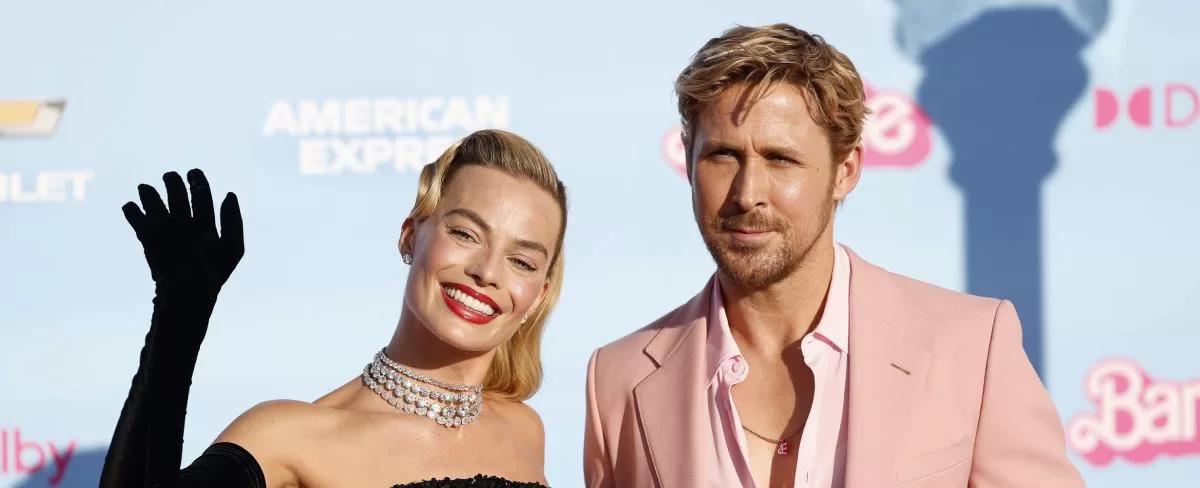'Barbie' rompe nuevo récord y supera a 'The Super Mario Bros. Movie'

Barbie has accomplished yet another impressive feat as she surpasses “The Super Mario Bros. Movie” to set a new record. As a writer for a news site, I couldn’t help but be intrigued by this captivating news. In this article, we’ll delve into the details of how Barbie, the iconic doll, managed to outshine a video game adaptation in terms of sales and popularity.
Now, let’s get to the heart of the matter. Barbie, created by Mattel in 1959, has been a beloved figure in the toy industry for decades. She represents fashion, diversity, and empowerment for generations of children around the world. On the other hand, “The Super Mario Bros. Movie,” released in 1993, was an ambitious attempt to bring the popular video game characters to the big screen. Despite its initial anticipation, the movie received mixed reviews and failed to make a significant impact.
According to the latest sales figures, Barbie dolls have surged in popularity, overtaking “The Super Mario Bros. Movie” in both total revenue and units sold. This achievement reinforces Barbie’s enduring appeal and her cultural significance. While the Super Mario franchise remains a beloved part of gaming history, Barbie’s ongoing success demonstrates her ability to adapt and remain relevant in a changing world.
One possible reason behind Barbie’s triumph is her versatility and adaptability. Over the years, Barbie has evolved to reflect diverse body types, ethnicities, and professions. This inclusivity aligns with contemporary societal values and resonates with children of various backgrounds. In contrast, “The Super Mario Bros. Movie” may have struggled to captivate audiences due to its narrow focus on characters from the video game, without exploring broader themes or cultural relevance.
Beyond the mere numbers, Barbie’s accomplishment signifies something more profound. It highlights the importance of adaptation and evolution in the entertainment industry. As society evolves, consumers demand more diverse and inclusive content that resonates with their experiences. Companies that fail to adapt risk being overshadowed by competitors who understand this ever-shifting landscape.
In conclusion, Barbie’s recent triumph over “The Super Mario Bros. Movie” is an indication of the doll’s ongoing appeal and adaptability. This achievement not only establishes Barbie as a cultural icon but also serves as a reminder of the importance of staying relevant in a dynamic market. As a writer for a news site, I find it fascinating to witness the evolution of beloved characters and toys and their impact on popular culture.
Quick Links

